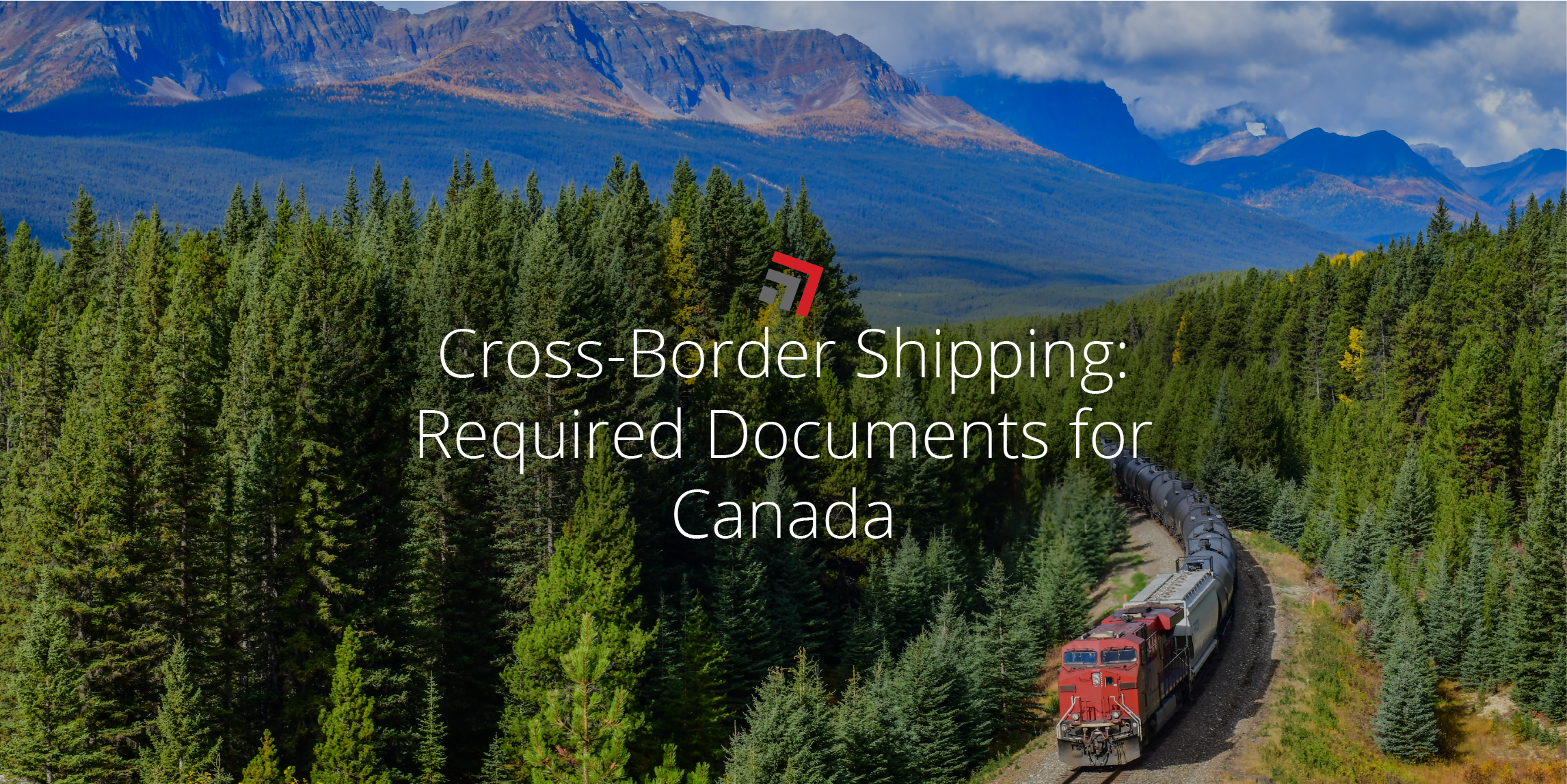Shipping cargo internationally is a huge ordeal. There are often upwards of 10 or more carriers involved between local and destination truckers, trains, airplanes, and ocean vessels. We tend to put a lot of thought into the planning around shipping products overseas, but when it comes to a simple move across the border, we don’t familiarize ourselves with the necessary requirements and documentation.
Required Documents for Shipping to Canada
Canada isn’t all that far from the U.S., so shipping should be hassle free, right?
For the most part, shipping over the border to Canada isn’t a huge ordeal, but regardless, it is an international shipment. That means there are various required documents for you to fill out, as well as, Canada’s local requirements at destination for shipping to their country. This is a high-level overview:
Packing Lists
You will need to have 3 sets of packing lists. The first is check by the driver or carrier themselves, the second is checked at the border for all less-than-truckload freight, and the last will be on the freight itself when it gets to the shipper. This allows them to ensure that all goods are in the container and that their order was correctly delivered.
Commercial Invoice
The commercial invoice is a pretty popular form and is used for all international shipments. The commercial invoice lists who the actual shipper and buyer are, a detailed description of the goods in the container, and the monetary value of the goods. If there are multiple products being shipped over the border, the value of each good will be listed at the bottom of your commercial invoice.
Certificate of Origin
This used to be known as a NAFTA form, but since the NAFTA trade agreements have been revised, the required document is now a Certificate of Origin.
The Certificate of Origin (CoO) details where the products being exported were originally produced. It shows that the products were manufactured, produced, and processed in a particular country, which is an important detail for cross-border transit as it may define unique tariff rules. Something produced in the U.S. may have a different tariff than goods from the Middle-East or Asia, so regardless of where the products are being transported from (i.e., via truck from the U.S.), the country of origin and production is an important factor.
Par Stickers
A par sticker is required in order to get across the border. Without them, your cargo won’t make it over the U.S.-to-Canada border, as destination Customs will turn it around.
However, there’s not a ton to worry about with par stickers. They are the responsibility of the carrier, so they will be purchased and provided by your cross-border trucking company.
General Sales Tax (GST)
Here’s something to keep in mind – whenever you ship cargo to Canada, the Canadian government imposes a 5% “General Sales Tax” on all sellable goods. This means the profit off of goods sent to Canada will have an immediate 5% reduction, as the charge is applied to the original value listed on the commercial invoice.
Remember – it is often assumed by the destination customer (your customer in Canada) that they will be responsible for paying the GST. However, it’s an important discussion to have up front, as a 5% reduction in margin can be detrimental on high dollar amount shipments.
Conclusion
Shipping across the Canadian border isn’t difficult per say, but there are a few things to keep in mind. Have your documents in order such as Packing Lists (3 sets of them), Commercial Invoices, Certificate of Origin (for tariff purposes), and Par Stickers (which should be provided by your truckers). Also remember that Canada imposes a 5% General Sales Tax on all imported sellable goods. Make sure you and your Canadian customer understand who is responsible for paying for this to clear any confusion up front.
If you would like more information specific to your shipment, reach out to our team. We would be happy to have a conversation with you.



Recent Comments